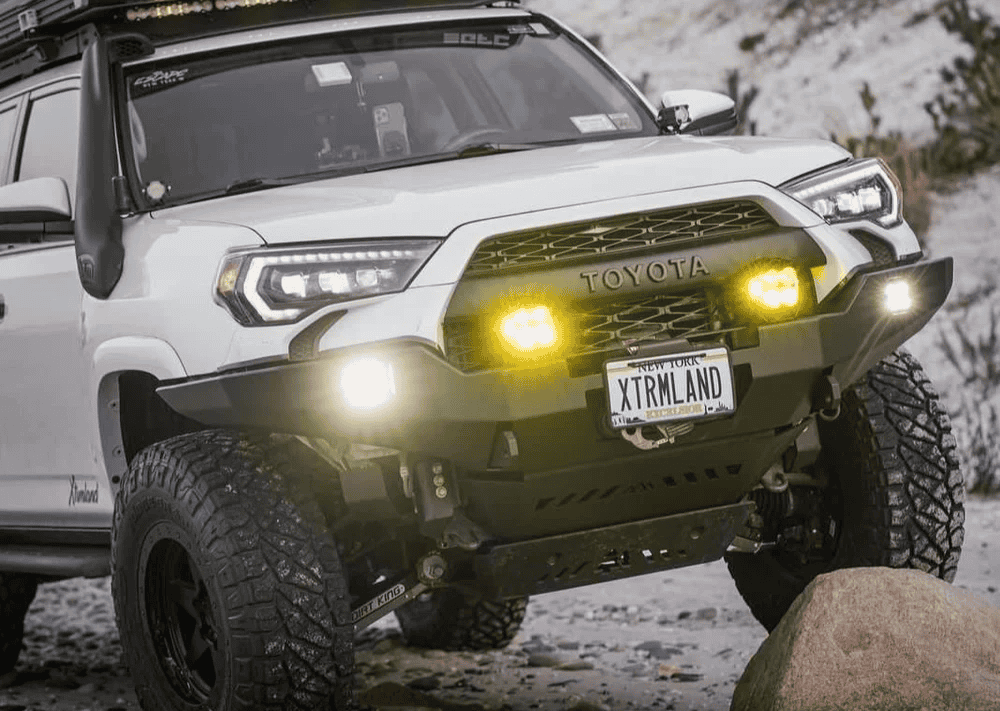Overland Vehicles

A compost toilet for expedition vehicle use solves two hard problems at once. It removes the need for a black tank and it simplifies waste management far from hookups. By separating liquids and solids, adding a dry bulking agent, and moving air through a dedicated vent, these systems stay surprisingly neutral in scent. The more remote the route, the more you appreciate the freedom of emptying components on your schedule rather than hunting for a dump station.
Composting in this context is controlled drying and aeration, not full soil creation. The goal is clean handling, fast moisture reduction, and stable storage until you can dispose of waste responsibly. Think of it as a tidy airflow and moisture management system disguised as a compact seat.
Compost toilet installed in an expedition vehicle cabin with vent and urine diverter for odor control.
Capacity and cadence
Ventilation and airflow
Urine diversion strategy
Use rigid duct where possible to minimize collapse and kinks. Include a gentle drip loop to keep any condensation out of the fan housing. Exterior terminations benefit from a rain cap and an insect screen that does not choke airflow.
Liquids smell when warm and stagnant. Insulate lines that pass near heat sources, and plan a drain routine that fits your miles per day. A sight tube or transparent bottle helps prevent overfill in bumpy terrain.
Coco coir, peat alternatives, or fine softwood shavings absorb moisture and improve texture. Store the dry mix in sealed containers near the toilet so you actually use it every time.
Location and ergonomics
Power and noise
Climate and altitude
Freezing temperatures can thicken liquids and stiffen seals. Choose containers and gaskets rated for low temperatures, and place valves where gloved hands can operate them.
Nighttime silence matters. Use rubber isolators for the fan mount and route ducting away from the sleeping area to cut vibration and noise.
Map every step of the emptying process. If you cannot pull the bin straight out while wearing gloves and headlamp, change the cabinet design now rather than later.
Daily habits beat gadgets. Add a cup of dry bulking material after each solids use, keep the fan running, and clean seals with mild soap. A spritz bottle with diluted vinegar helps with wipe downs and reduces scale in the diverter path.
Empty liquids frequently, especially in heat. For solids, line the bin with a compostable liner, allow extra drying time when possible, and follow local rules for disposal. Many travelers bag and toss in municipal trash where permitted. Never bury or dump in wild places. The aim is to leave camps as pristine as you found them.
When a compost toilet is integrated thoughtfully into an expedition vehicle, it fades into the background of daily routines. That is the real success metric. No mess, no drama, just reliable function wherever the road turns to ruts.
If you prefer a professionally engineered installation, OZK can integrate a compost toilet into a complete build with vent routing, power, cabinetry, and service access tuned to your routes. Explore our Overland rigs to see how sanitation fits alongside power, water, and storage. For fully tailored layouts and materials, review our Custom overland upfit options. Curious about our approach and shop standards? Learn more at Why choose OZK Customs.
We build expedition vehicles that feel calm and clean inside, even after a week of rain and muddy boots. Tell us where you travel, how many people ride along, and how long you stay out. We will spec a compost toilet system that stays quiet, odor free, and easy to service, then integrate it into a rig that is ready for big miles.
Ready to spec a reliable sanitation system into your expedition build? OZK Customs engineers vent paths, power, cabinetry, and service access around real field use. Tell us where you travel, and we will design and install a compost toilet system that stays clean, quiet, and odor free on long routes.
ADDRESS:
6159 E Huntsville Rd, Fayetteville, AR 72701
PHONE:
(479) 326-9200
EMAIL:
info@ozkvans.com